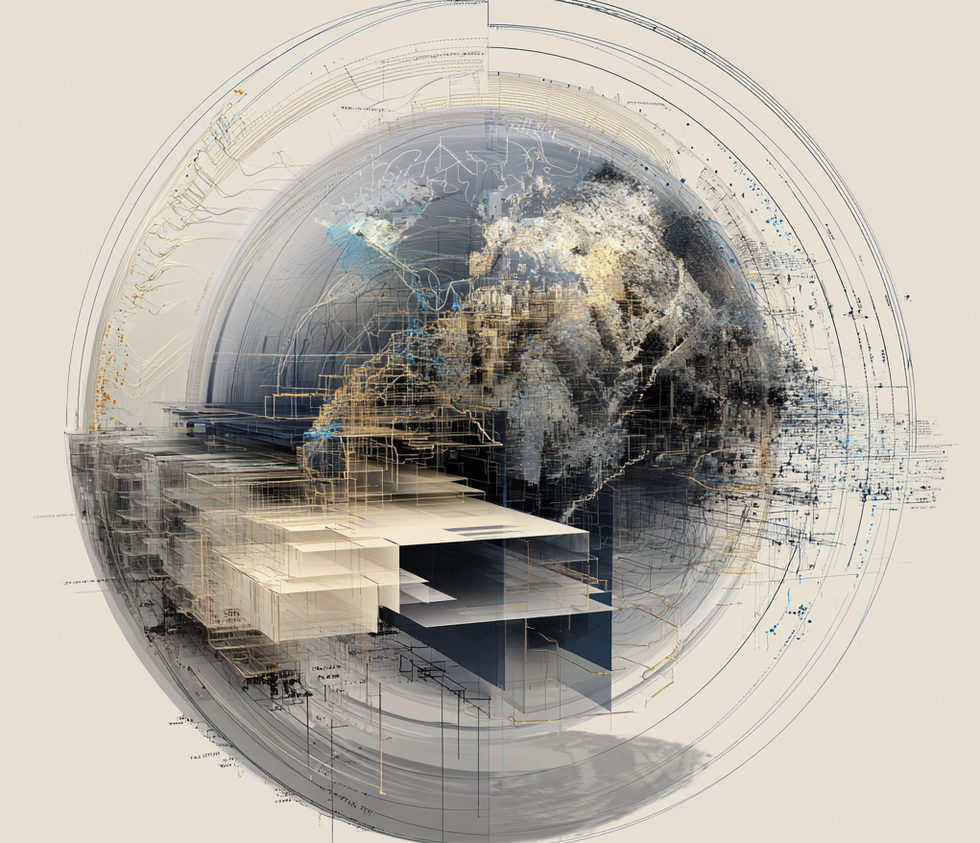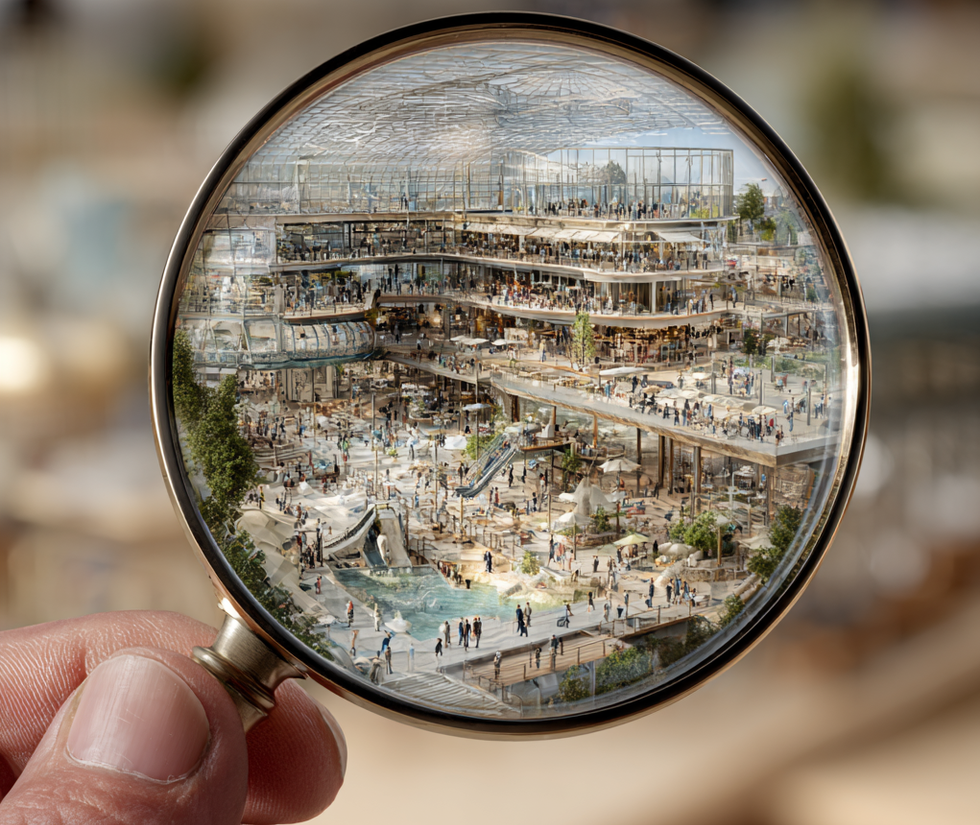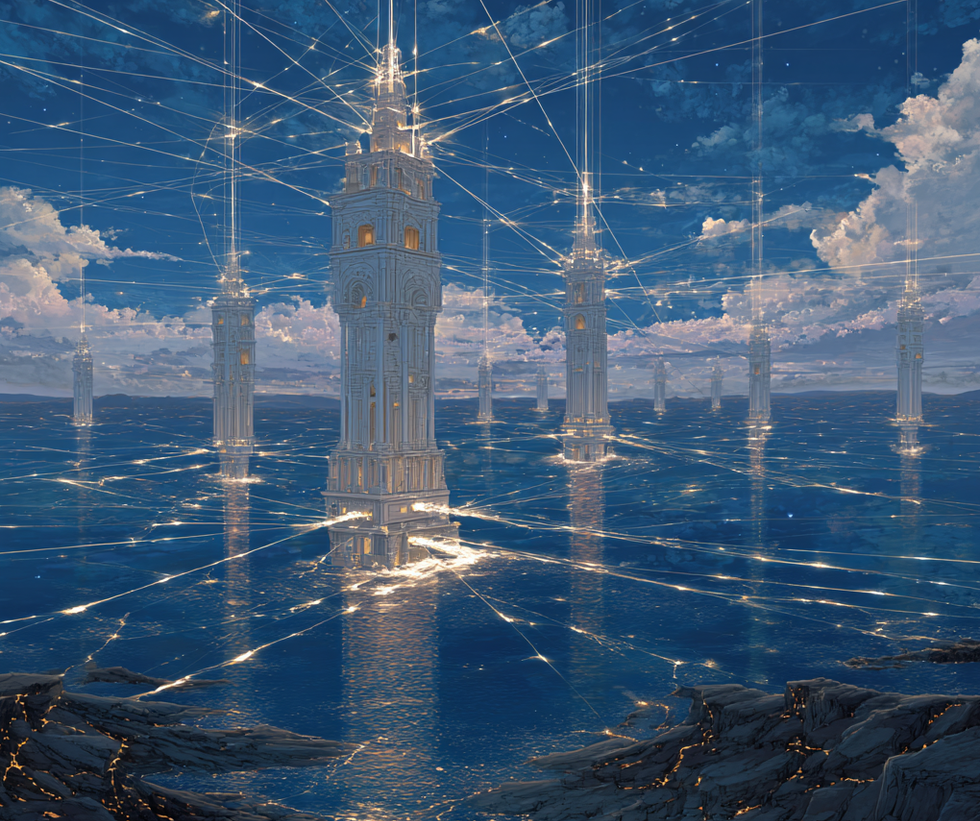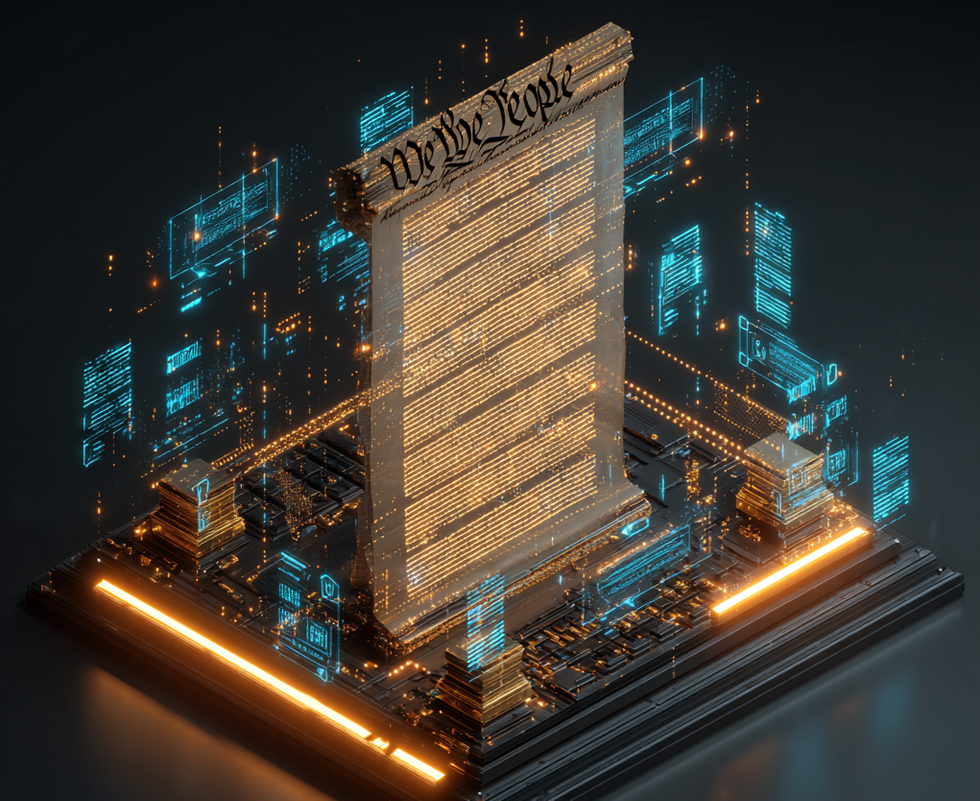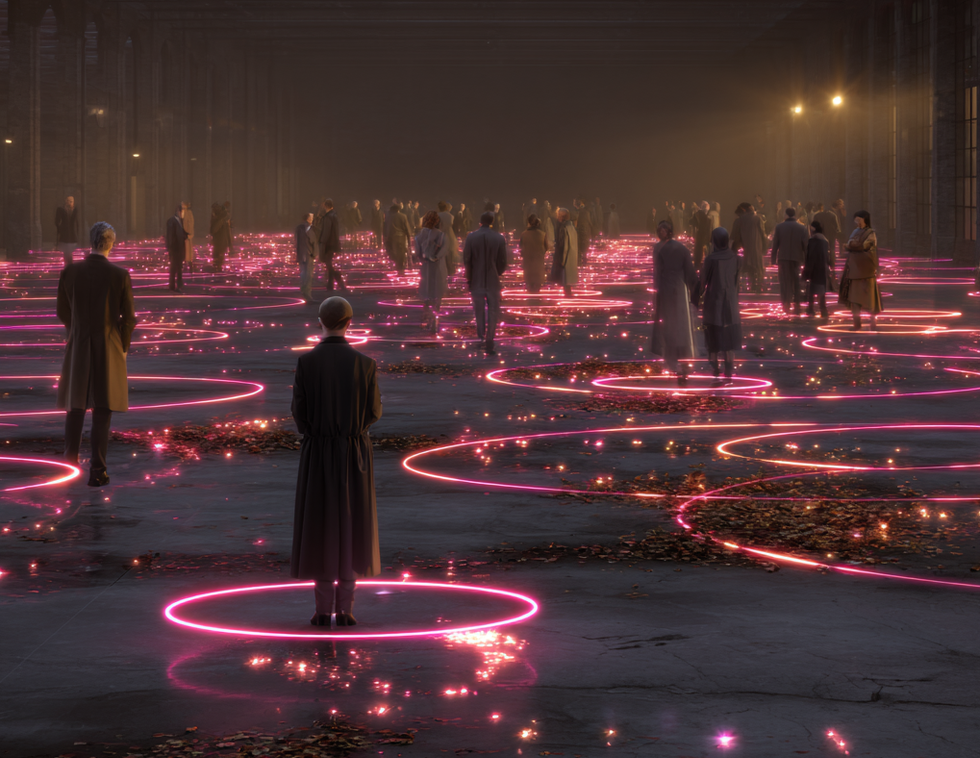In 1999 The Walt Disney Company created something that would change the theme park experience forever: FastPass. Through the use of kiosks at select attractions, the goal was to create a virtual queue system.
Guests would obtain a ticket from the kiosks with a return time window in which they could access the attraction with a minimal wait time later in the day (maybe 10-15 minutes) instead of standing in the regular queue for an hour or two. Only one FastPass ticket could be issued at a time. The original intention was for guests to go spend their free time elsewhere in the park. For instance, in line for another attraction without FastPass.
While some guests would indeed do this, there was soon a more curious side-effect within the Disney theme parks. Rather than going to visit other attractions elsewhere in the park and coming back later, if the return window for the FastPass ticket wasn’t too long, like only 60 to 90 minutes, many guests would opt to stay within the immediate area.
This is where things get interesting. Queue lengths for nearby smaller attractions increased. And Disney soon noticed that the sales numbers at the nearby gift shops and restaurants also went up.
FastPass evolves
So, Disney experimented a little more. It didn’t take long before it began to add more attractions to the FastPass program. The operator even added FastPass to attractions that did not need it. Especially if it thought it would help increase sales to the nearby food, beverage and retail locations.
A great example of this was when Epcot added FastPass to the Living with the Land attraction. This rarely had a long line. The attraction, however, was right next to a large indoor food court inside The Land pavilion building. According to rumors, Disney carefully scaled back the number of boats used at any one time on the attraction along with the implementation of FastPass in order to manipulate the return time on FastPass here to stay within 45 to 75 minutes.
The time length was too short to venture off too far in Epcot without having to return right away. This resulted in many guests simply opting to just settle in for a quick snack or meal while they waited.
The eyes of the industry were on Disney at this time. And it didn’t take long before every theme park chain attempted to create their own version of FastPass. Most found little success with the launch of their own free programs. Most simply went for low-tech solutions like handing out paper tickets by hand.
Many of these parks quickly learned that proper implementation of virtual queues also required extra staffing at every attraction. In most cases, other parks were not set up physically to see sales increases as well. This gave them little incentive to create more expensive automated systems and kiosks.
The appeal of virtual queues
Six Flags soon realized that it was better to charge for virtual queuing, rather than offering it for free.
Jumping in at just the right time was the Lo-Q company. It had created a mobile device that could be rented to guests for the day for a fee, called the Q-Bot. This interacted with its custom mobile ride reservation system software. Six Flags and a number of other theme parks jumped on this concept successfully for many years. It really altered the landscape of how many parks operated.
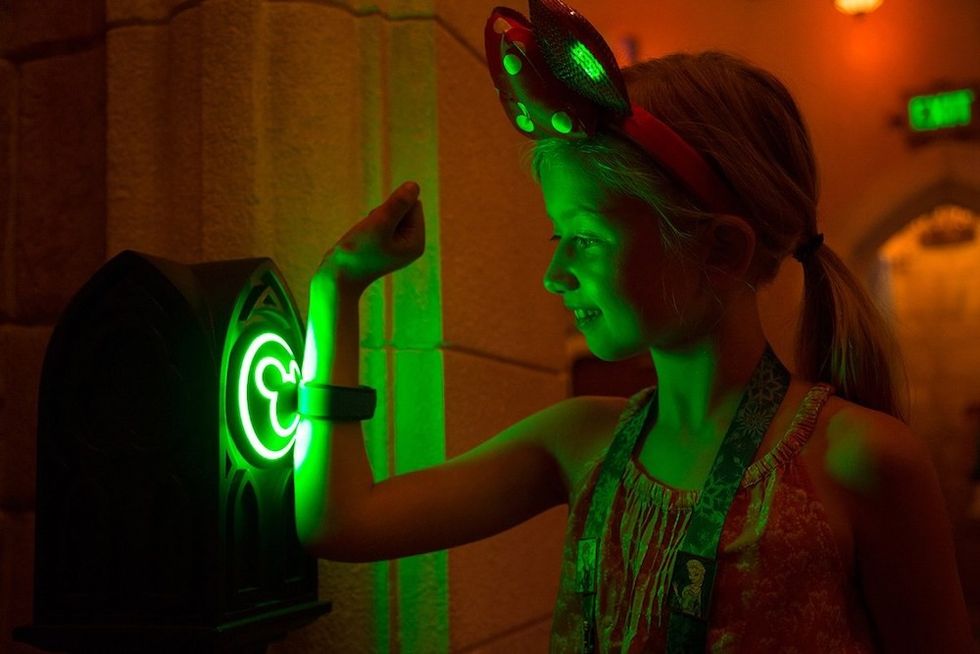
Surprisingly, Disney did not give in to temptation during this time period. Instead, it kept the FastPass program as a free perk for all guests to use for about two decades. The program evolved a bit over time, but essentially kept the same basic concept. This included the evolution into the FastPass+ era at Walt Disney World, better optimizing the concept for the smartphone era.
With this, Disney allowed on-site guests to make ride reservations weeks in advance instead of on the day. Yet, the implementation of the FastPass+ program caused a number of issues. Regular day guests felt like they were visiting with a distinct disadvantage.
In the end, the concept of paying extra to not wait in line at theme parks was just too tempting. FastPass was kept as a free perk in Disney’s North American parks. However, the company began to experiment with paid programs at Disneyland Paris and Shanghai Disneyland. It even launched a premium paid program called MaxPass at the Disneyland resort in 2017. This worked alongside the free regular FastPass program.
The post-COVID era
The arrival of the COVID-19 pandemic changed everything. It also gave Disney a good excuse to retire the FastPass programs for good and come up with something new. The parks were able to eventually reopen after a few months in Florida, and over a year later in California. And, for a brief time, operations all went back to how things were before the invention of FastPass…with one exception.
Just before the pandemic, Disneyland and Walt Disney World had successfully opened the new Star Wars: Galaxy’s Edge lands. Here, it had begun the implementation of an all-new virtual queue concept.
Through mobile devices, guests wanting to experience the new Star Wars attractions had to get in a virtual queue. The old concept of the standby queue for those willing to wait was not in use here. So, it was a virtual queue-or-nothing proposition.
Since then, Disney has opted to keep the virtual queue concept alive and well. It has just moved it to be used on the newest attractions as they open. In Walt Disney World, the system moved from Star Wars: Rise of the Resistance over to Epcot for the opening of the Ratatouille attraction. It then moved again to be used for Guardians of the Galaxy: Cosmic Rewind.
With the launch of Tron: Lightcycle/Run at the Magic Kingdom, Disney opted to activate a second virtual queue system. Now, the only way you can ride either attraction is to win a place in the virtual queue. Or perhaps I should say that is the only way you are going to ride without spending extra cash. For those willing to drop some extra dough you can also buy an Individual Lightning Lane pass.
Disney's virtual queues
This brings me to the current state of things at the Disney theme parks. It has now replaced the former free FastPass programs with the new Disney Genie program. The free Disney Genie may only make suggestions on how you can best spend your day, but the real money maker here is Disney Genie+. This is an extra cost item for each guest in your party, required to obtain FastPass-style access to various attractions throughout the day.
Just like the FastPass, guests have a return time window to enter select attractions through a special Lightning Lane entrance. However, the most in-demand attractions at each of the parks are not part of the Genie+ service. They require the purchase of the Individual Lightning Lane pass. This can cost anywhere from $5 to $20 per person, per attraction.
Now mix all that in with those previously mentioned mandatory virtual queue attractions. Oh and remember that to even visit a Disney park right now, you still need to have a reservation.
Confused yet?
I just visited Walt Disney World a few weeks ago for the first time in many years. And I can tell you first-hand that the experience of visiting Disney parks has certainly changed. Some people may enjoy the concept of having their day essentially scheduled out for them in detail. But, to me, a visit to any theme park is something that you should experience naturally.
I prefer to travel through a park section by section, allowing for spontaneous exploration. There is something to be said for unlocking the experiences one by one, allowing for the joy of natural discovery, instead of feeling like you are in a panicked rush all day long, or on the verge of being late and missing out on something.
Different park experiences
During my family’s visit to the Orlando area, we experienced how the various systems currently work at the different parks. On our first day, we visited SeaWorld Orlando. While it offers an upgrade option to use the Quick Queue program to cut down your wait times at various attractions, we found it to be unnecessary during our visit.
Wait times in the regular lines at all the major attractions during our visit in late August were reasonable. We were able to enjoy everything, including rides on the park’s newest roller coasters, Pipeline and Ice Breaker. Oh, and there is no need for reservations. The end result was a pleasant day for us all.
A visit to Universal Orlando (no reservations required) also comes with the option to purchase the Universal Express program. This offers you extremely short wait times on nearly every major attraction. However, guests staying at Universal’s Portofino Bay Resort, the Hard Rock Hotel or Royal Pacific Resort have complimentary Universal Express access. This is an awesome perk for staying on-site.
The lines for certain attractions can be longer than others. However, a visit to any of the Universal Orlando parks is usually easy to manage with or without Universal Express access. The one exception in the Universal Orlando lineup is Volcano Bay. Here, every guest has a TapuTapu wrist device. This serves as your access point to a mandatory virtual queue system, in place for virtually every major attraction.
This allows you to stay wet in the rivers or wave pools, or relax on a beach lounger until it is your time to ride. While everything major has to be scheduled, the overall atmosphere is still very relaxed. You don’t feel like you are rushing around trying to experience everything.
Early birds and virtual queues
A visit to Walt Disney World on the other hand is an entirely different beast. It quite honestly caused me more stress (and money) than anything else.
What should have been a relaxing day started up with panicked alarms at 6:45 a.m. Why so early? Because we were going to start the day at Epcot. The ONLY way to ride the new Guardians of the Galaxy ride is to attempt to get assigned a group number a mandatory virtual queue. This opens to all guests at 7 a.m.
Many people told me that those boarding groups fill up within seconds. This makes successfully gaining entry into one a task requiring a little skill and a lot of luck. The end result is more like winning a lottery. I also had to tie our passes together on the Disney app the night before. This is a horribly confusing task and far more frustrating than it should be to do.
It was made even more stressful by the fact that I knew that if I was not successful, then the only other chance I had to ride Guardians that day would be when a second and final batch of virtual queue reservations would open at 1 p.m. This is because there is no stand-by-line option for these attractions! It wouldn't matter if I flew halfway across the world just to ride Guardians, and I was willing to stand in line for 8 hours. If I did not get into the virtual queue, then I was not going to be able to ride. Well, there is only one other option, but I’ll get into that later.
At exactly 6:59 and 59 seconds I mashed the button on the app to join the virtual queue. I was overjoyed when the app responded that I was successful in my efforts. In the hotel room, there was much rejoicing for a moment. Then we began the process of preparing to depart for the park that would not open for two more hours.
Lightning Lanes
But there was no rest for the wicked. We had park hopper passes, and we had to strategize as to how to best spend the rest of the day and to figure out how in the world we could manage to not only successfully ride Star Wars: Rise of the Resistance for the first time in the Studios park on the same day AND somehow get over to the Magic Kingdom in the evening to ride the new Tron: Lightcycle/Run roller coaster.
It was frustrating because we figured out that Disney had gamed the system against us doing exactly this. Park Hoppers do not actually allow you to change theme parks at Walt Disney World until 2 p.m. But the new Tron ride is also on a virtual-queue-only status like Guardians.
Since we nabbed Guardians access at 7 a.m., we could not try to get into a Tron virtual queue until the second wave opened at 1 p.m. But unlike the morning lottery, the 1 p.m. wave requires you to be inside the park for it to work. They, too, would likely disappear in less than a minute. But the problem was that we couldn’t actually park hop until 2 p.m. Thus forever putting Tron outside of my reach. As I said: the system was rigged against doing exactly what we wanted to do.
There was only one solution to our problem and it was going to be a costly one. Remember the Individual Lightning Lane passes I mentioned earlier? Despite costing about $20 per person, they also sell out quickly once they go on sale in the morning. In fact, many of them also go on sale at 7 a.m. But only for guests staying in one of Disney’s on-site resort hotels. For everyone else, it becomes another mad scramble at 9 a.m. when the parks open.
So, my family managed to get to Epcot and get in the gate right at 9 a.m. The next minutes are something of a chaotic blur. Instead of enjoying the fact that we are now inside a theme park, my family has to huddle up in a group, focused only on our phones while we attempt a coordinated strike to obtain Individual Lightning Lane passes for our entire group for Rise of the Resistance in the Studios park sometime after 3 p.m. We were also attempting to purchase a set for Tron Lightcycle/Run in the evening just before the Magic Kingdom closes.
The battle was hectic, but in the end, we triumphed.
What a price to pay
But what a price to pay for such a tactic. While I had new adventures to look forward to, I couldn’t help but feel very wronged by the fact that we had paid for admission, paid extra for the ability to park hop, and then paid not once, but twice for two sets of Individual Lighting Lane passes.
Passes for Rise of the Resistance were a must. The attraction has a reputation for breakdowns and having a very long line all day long. Then there simply was no other way to ride Tron at all. I can respect the concept of a virtual queue. However, I can only stand by the decision as long as it is fair and across the board for everyone.
Selling these Individual Lightning Lane passes as a work around for guests to still get on Tron or Guardians is, in my opinion, just wrong. It proves beyond the shadow of a doubt that those two attractions have more capacity to offer than just whatever hidden number of virtual boarding group passes Disney is giving away for free at 7 a.m. Instead they are holding back a reserve number of slots to sell for pure profit, rather than just opening up a regular stand-by line for everyone else to wait in.
As I said, we have no way of knowing just how many slots Disney is giving away to regular paid guests to use for free and how many they are trying to sell, scalper style, on their app for pure profit. It wouldn’t surprise me if those numbers began to slide over time more and more towards the pay-per-ride Lightning Lane passes just to increase profits.
What is the impact of virtual queues on the guest experience?
At the end of the day, we managed to accomplish many of our goals of riding new attractions we had not seen before. But there were still a few that simply remained beyond our reach due to time constraints.
I know we were pushing ourselves to the limit to do everything that we managed to do in one day. So, I can’t complain about that. Looking back though, thinking about all the extra fuss, panic and stress we had to endure just to make it happen, I do have to shake my head a bit. Compared to the days spent at the other parks, the day we spent at Disney just stood out in stark contrast. It was an entirely different kind of experience. And not in a good way at all.
As usual, the attractions are top-notch. However, mixed in with all those joyful memories of time spent with my family are now also all the memories of all the fuss. Memories of frustration with the app, disbelief that we still had to make reservations to visit at all, memories of being stressed knowing that there was a chance we may have come all that way for nothing, only to possibly be denied the opportunity to ride the attractions we came to see at all.
In my opinion, that is just wrong on so many levels. That’s not what a visit to any theme park should feel like. So in conclusion, while there are still a few new experiences left for me to try, I’m just not sure I want to go through such a needlessly overly complicated experience again. Things could be so much better if guests were just allowed to visit and explore at their own pace instead of trying to schedule every experience down to the minute.
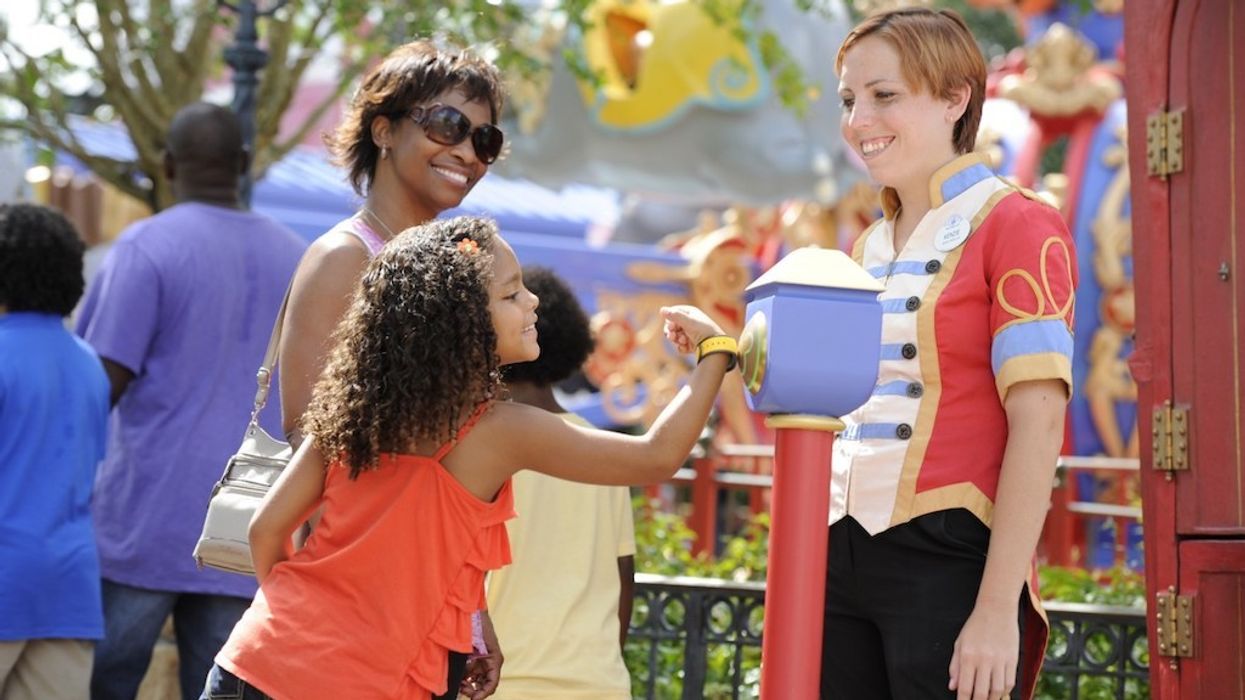

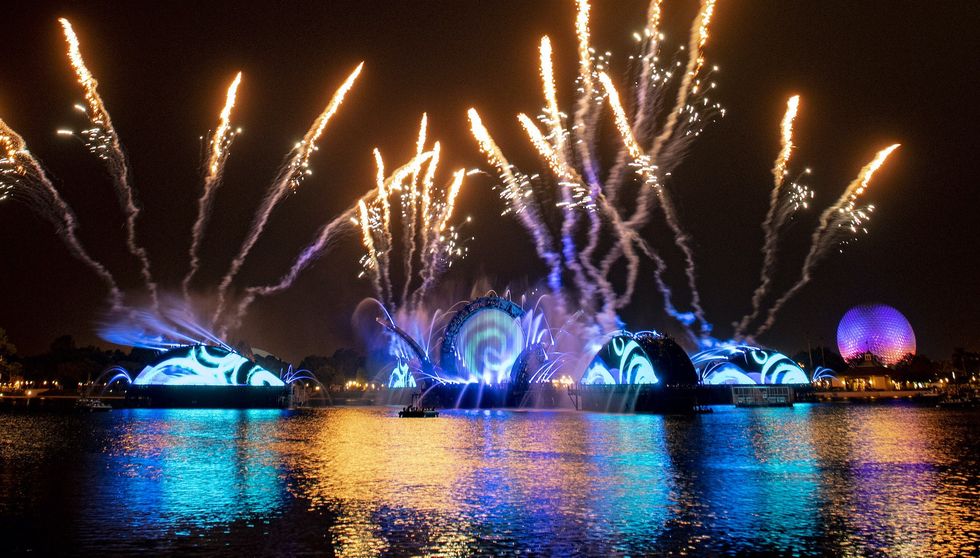
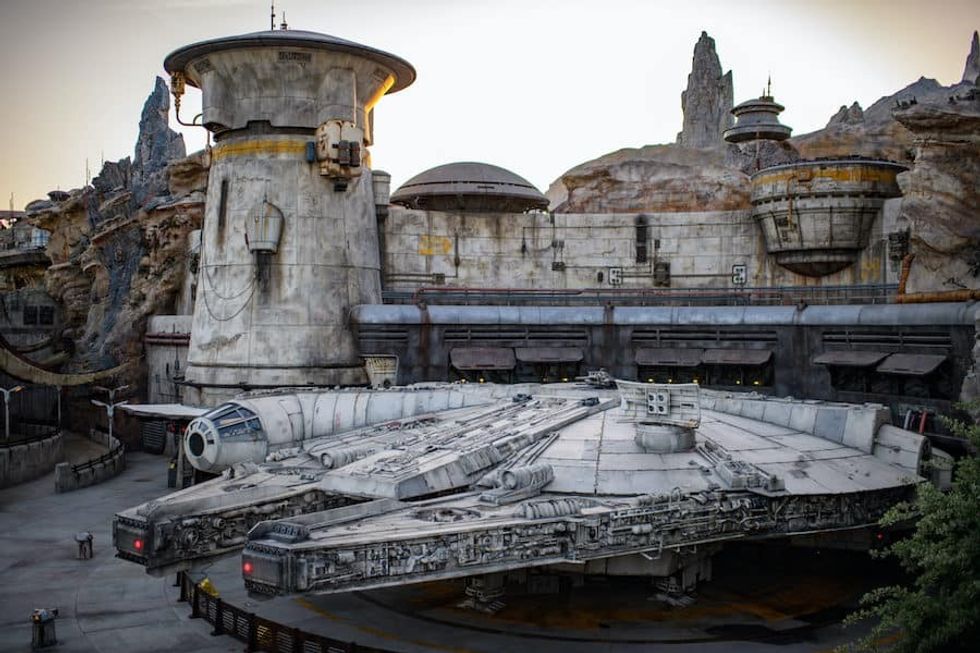
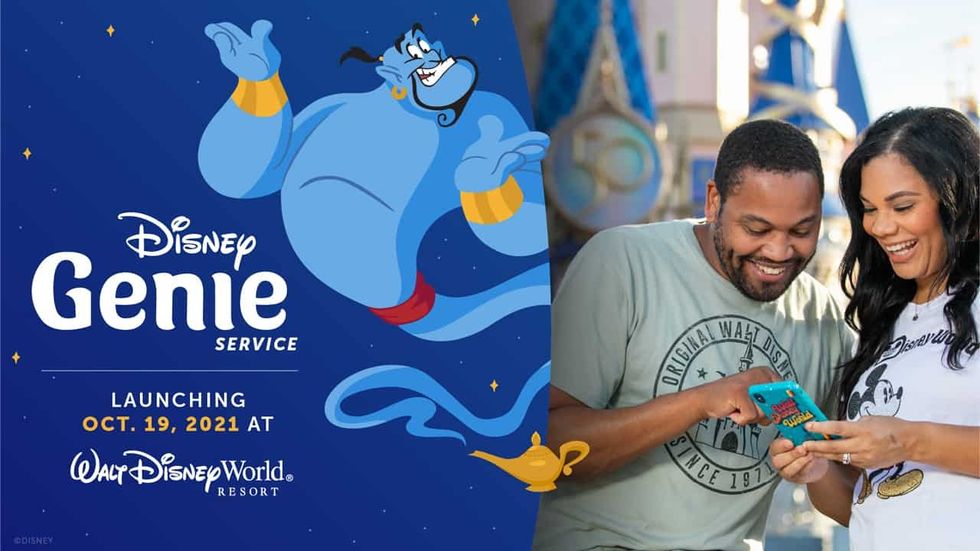
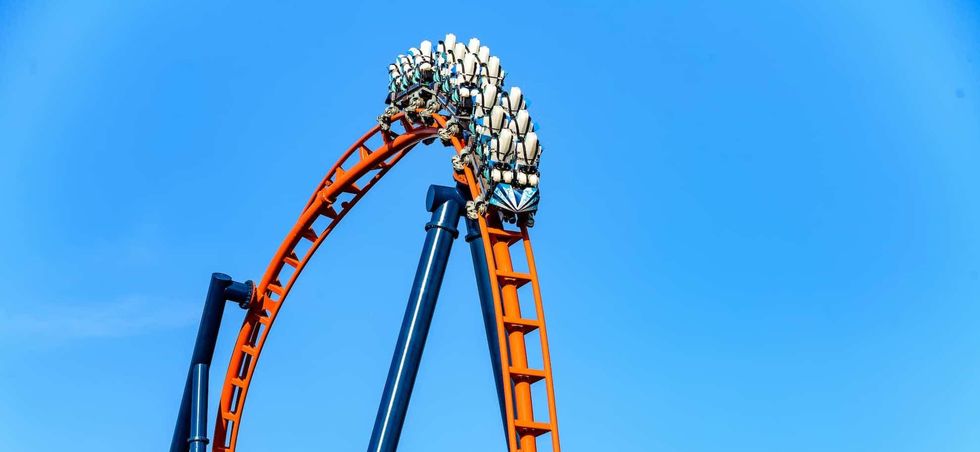
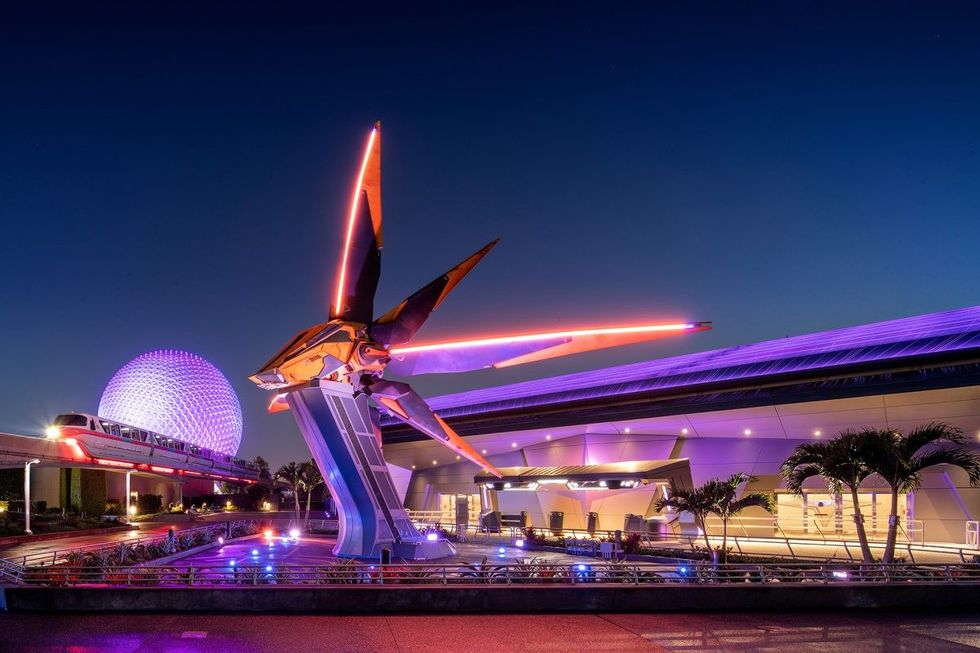
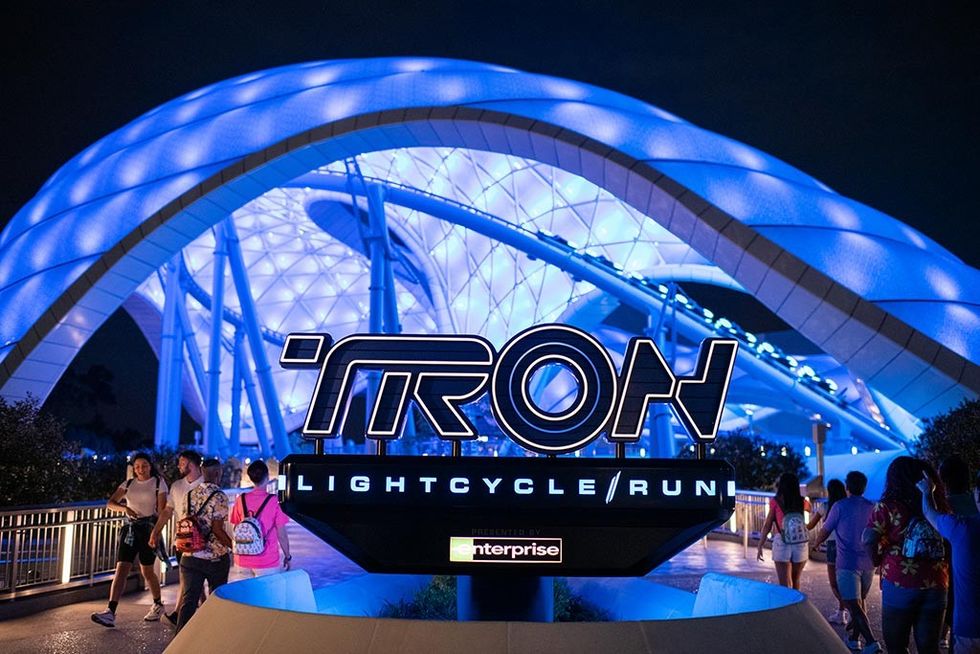

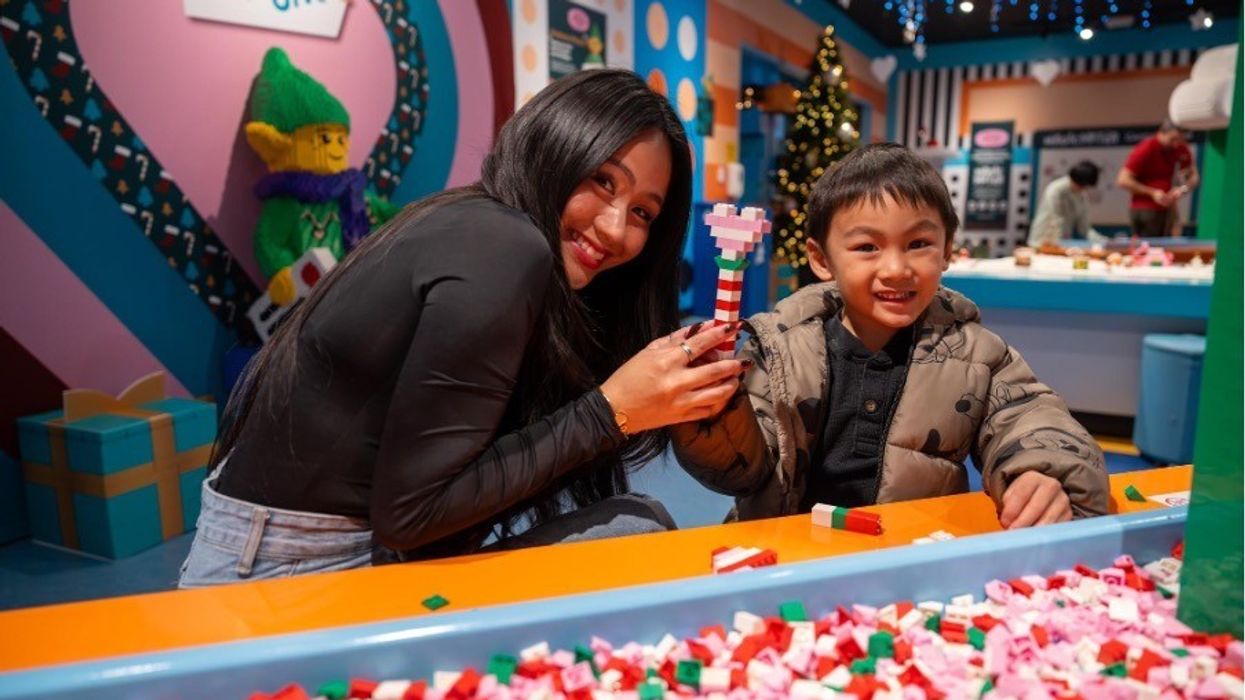
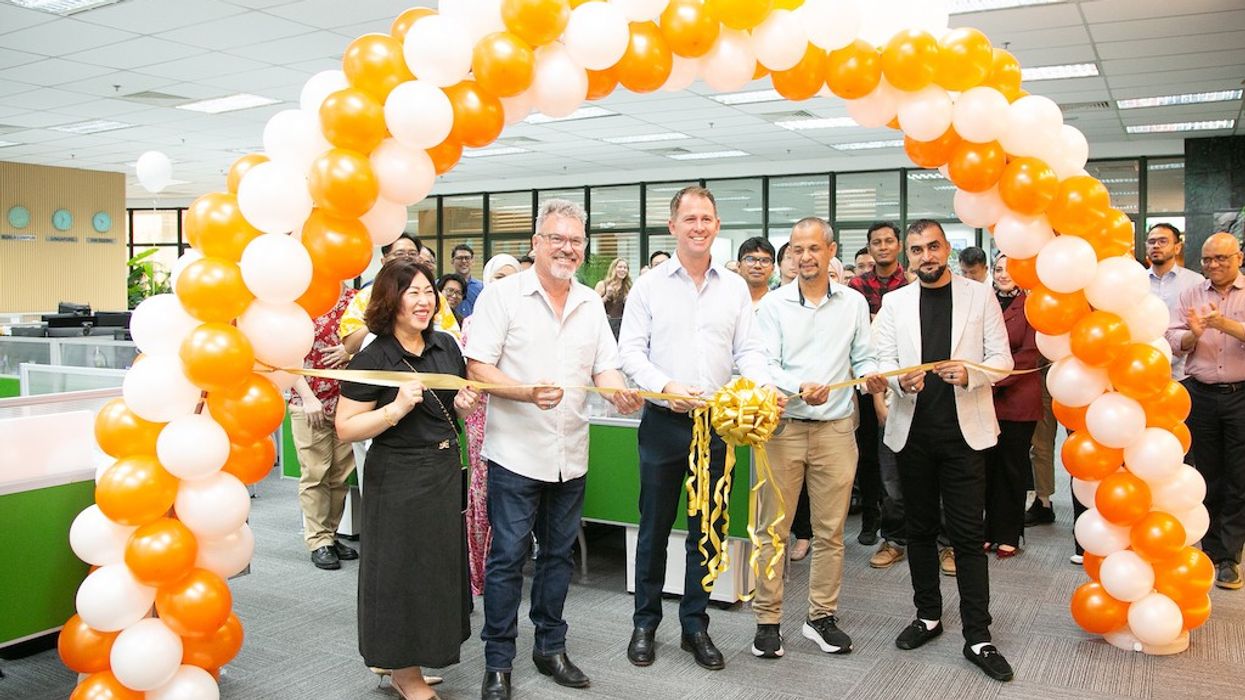
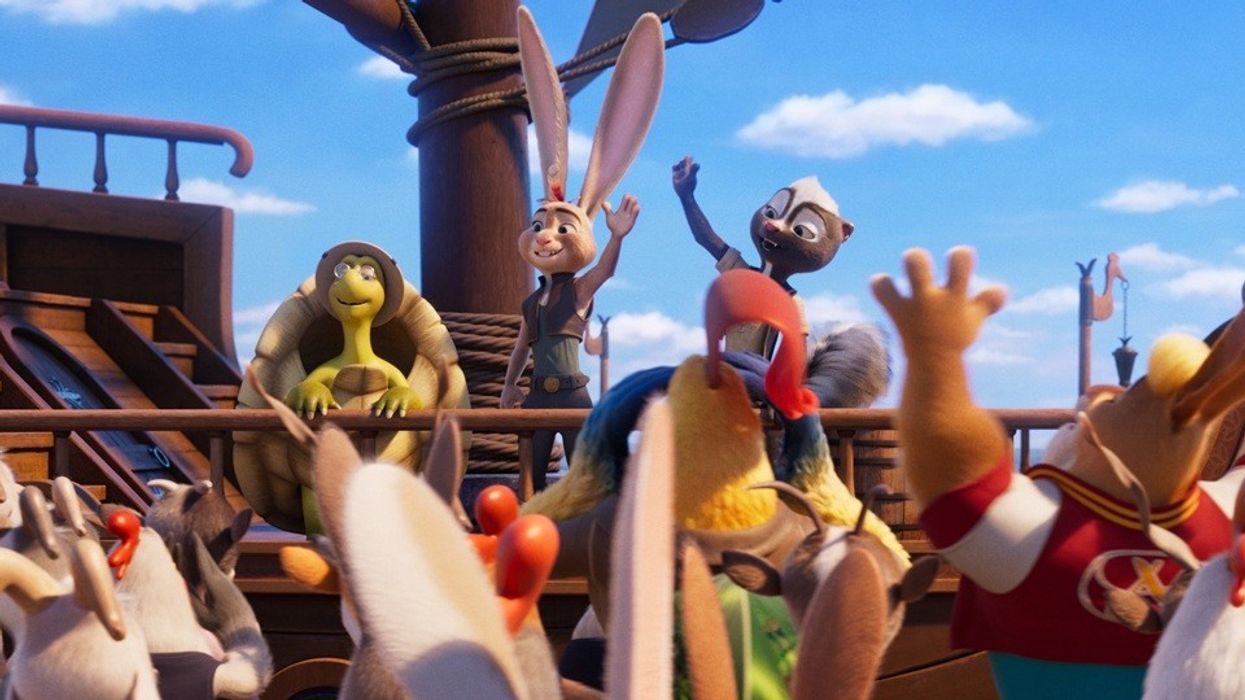

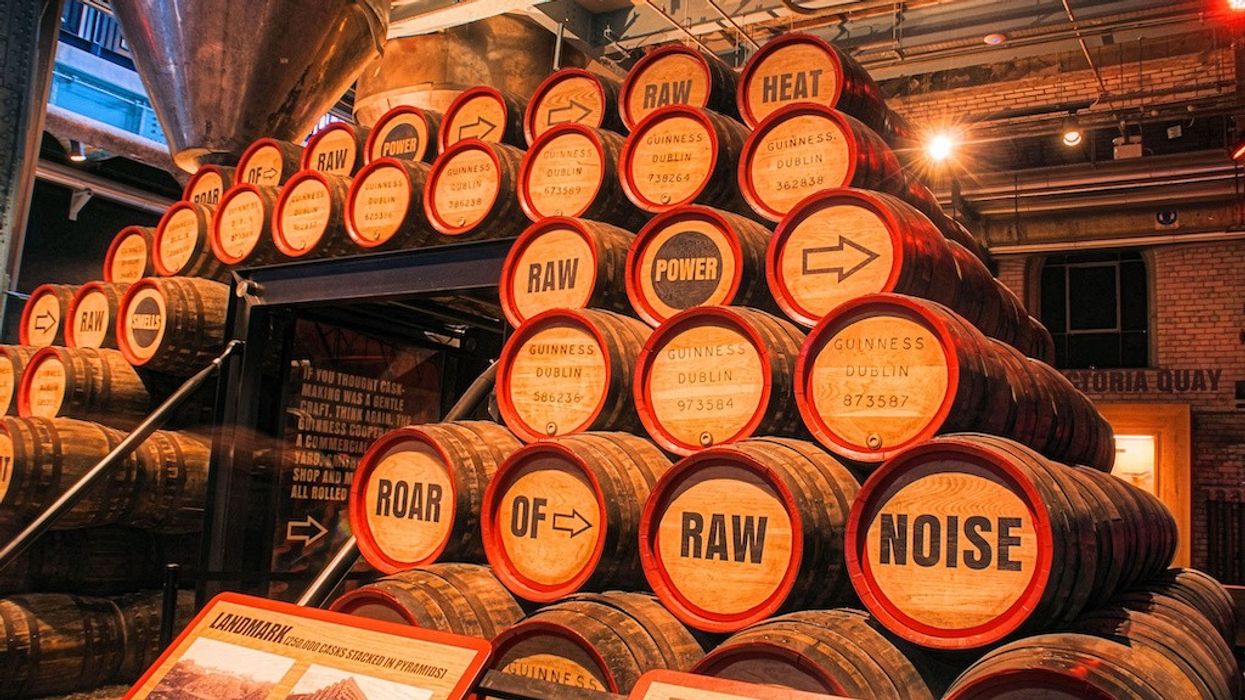
 Christian Lachel, chief creative officer, BRC Imagination Arts
Christian Lachel, chief creative officer, BRC Imagination Arts  Image credit AA+W - stock.adobe.com
Image credit AA+W - stock.adobe.com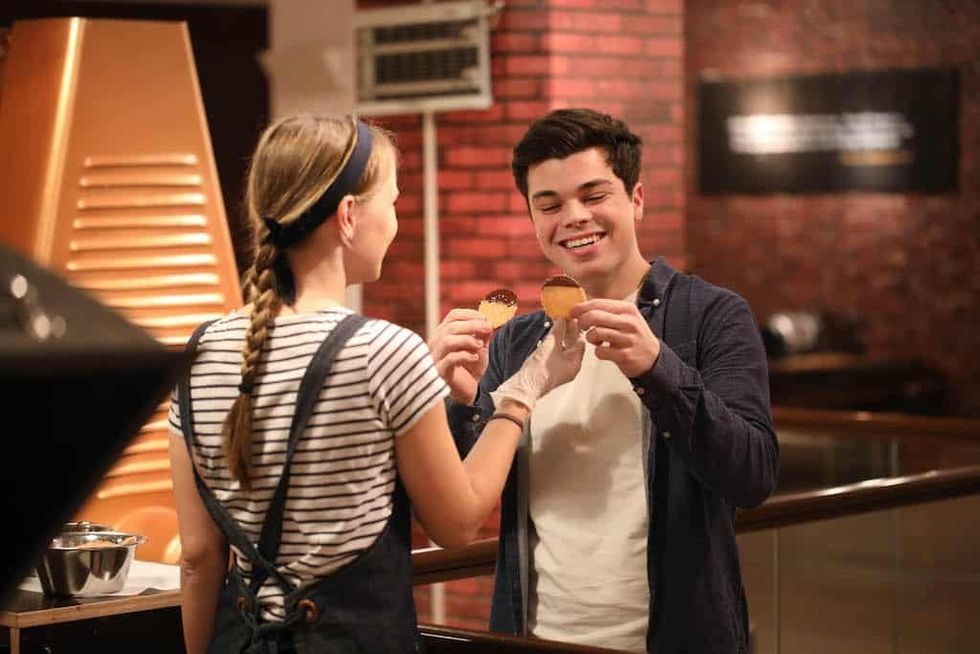 Chocoversum Image credit Sebastian Fuchs
Chocoversum Image credit Sebastian Fuchs 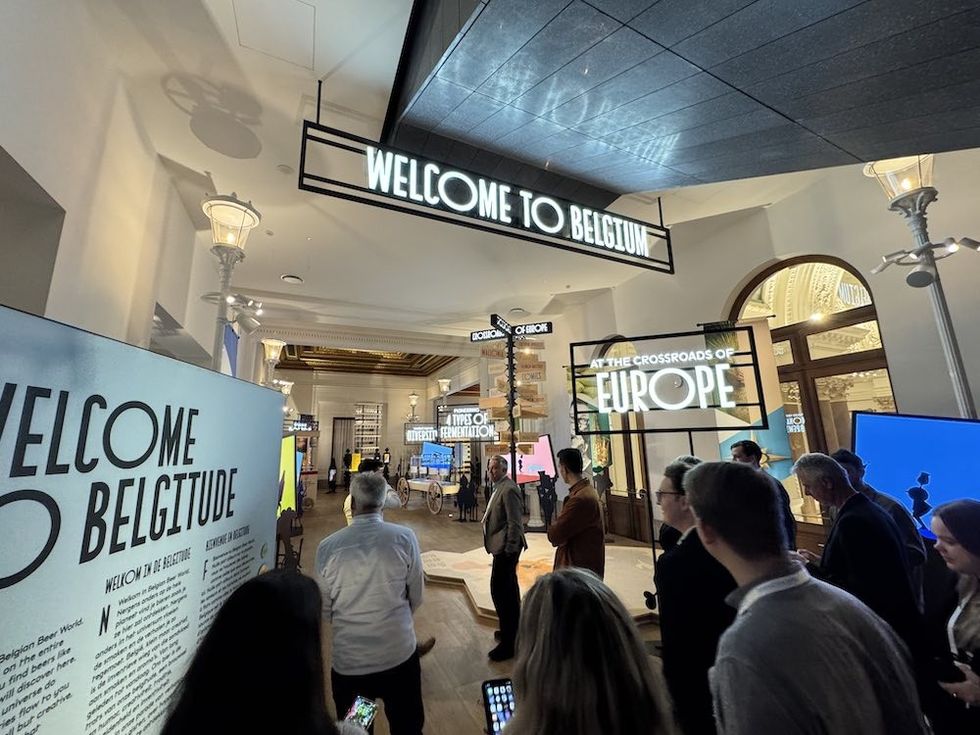 Belgian Beer World
Belgian Beer World 





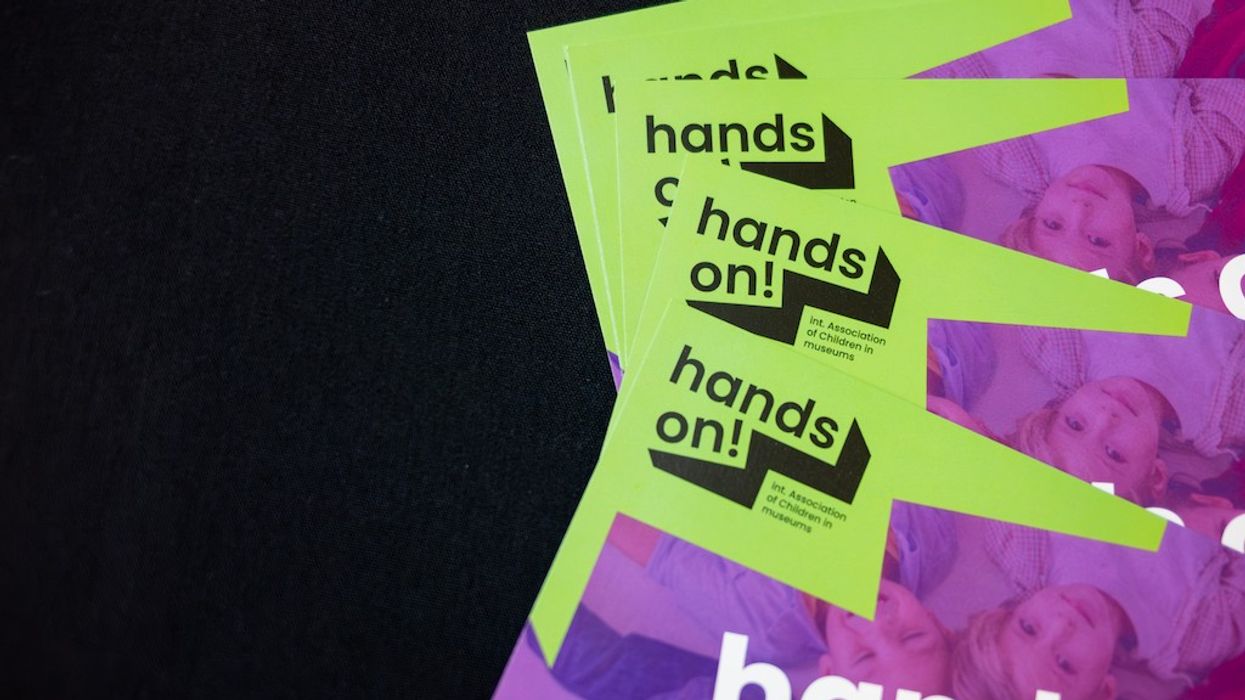
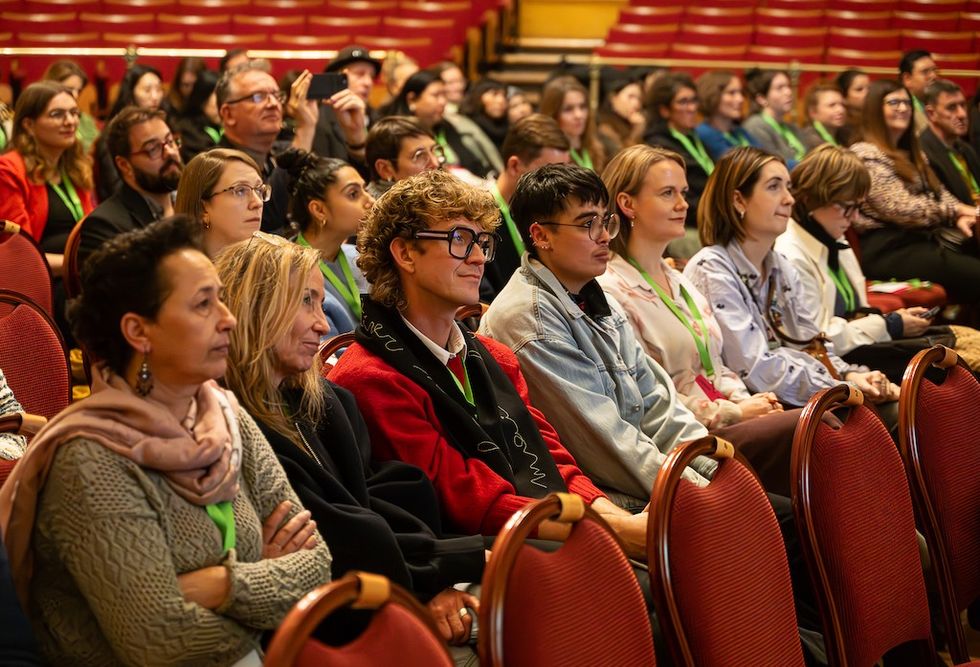
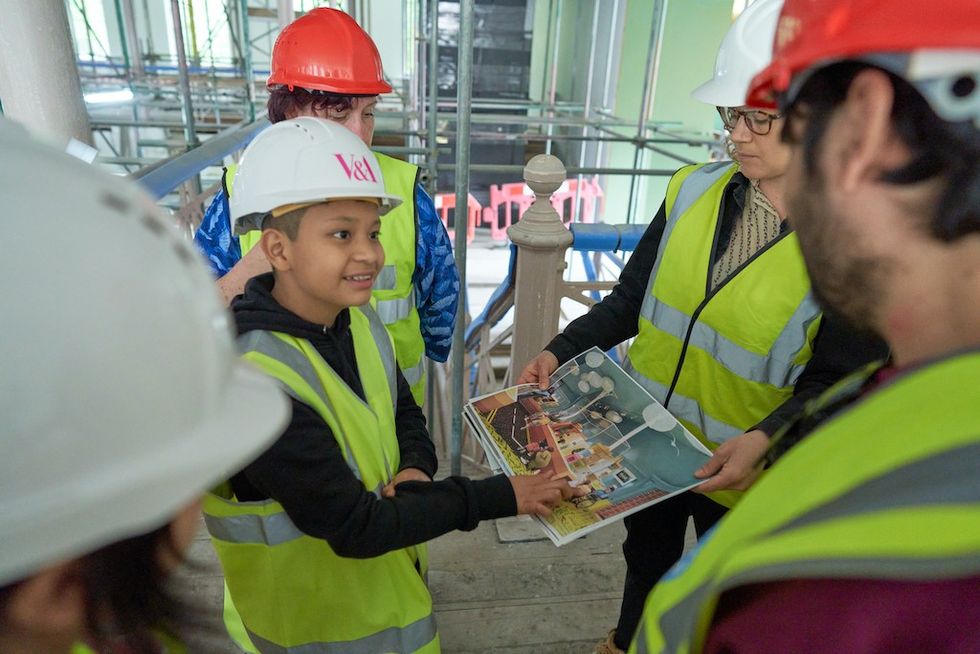 Young V&A Youth Collective members have a tour of the Young V&A construction site. Image courtesy of Young V&A.
Young V&A Youth Collective members have a tour of the Young V&A construction site. Image courtesy of Young V&A. 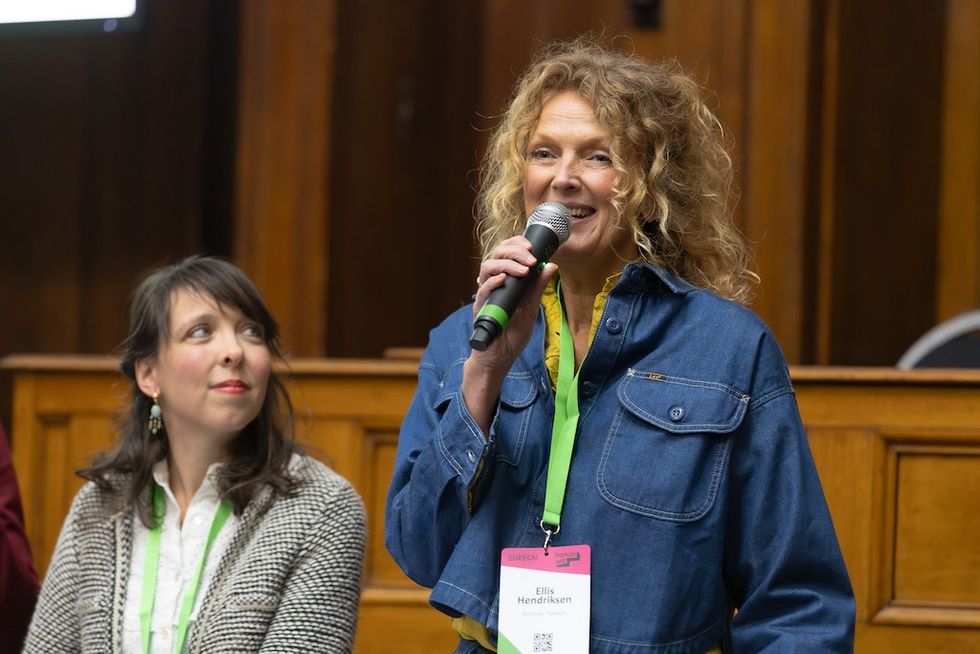 Floriane Perot and Ellis Hendriksen
Floriane Perot and Ellis Hendriksen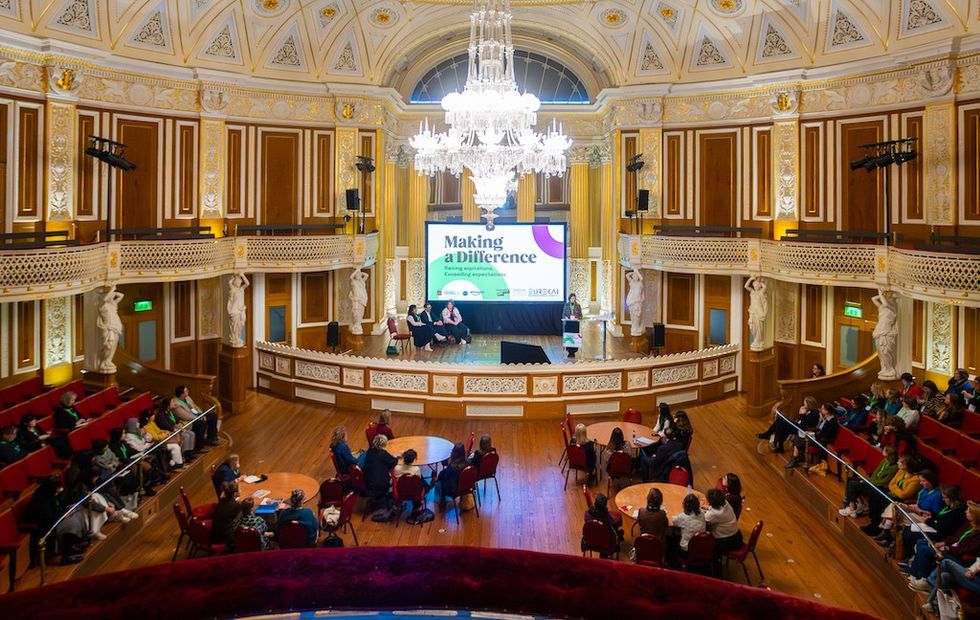
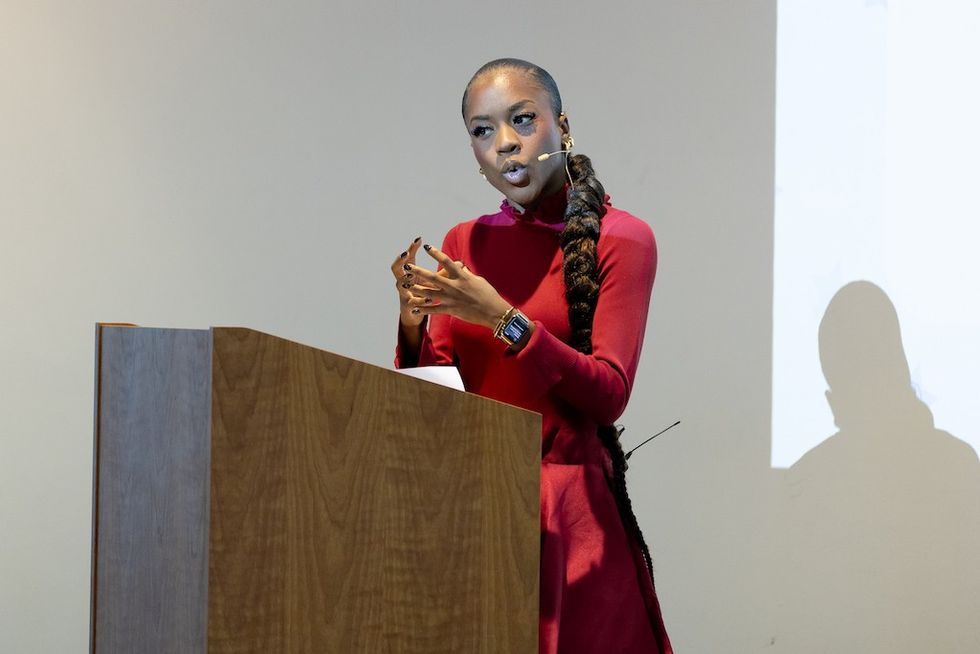 Amber Ogunsanya-William
Amber Ogunsanya-William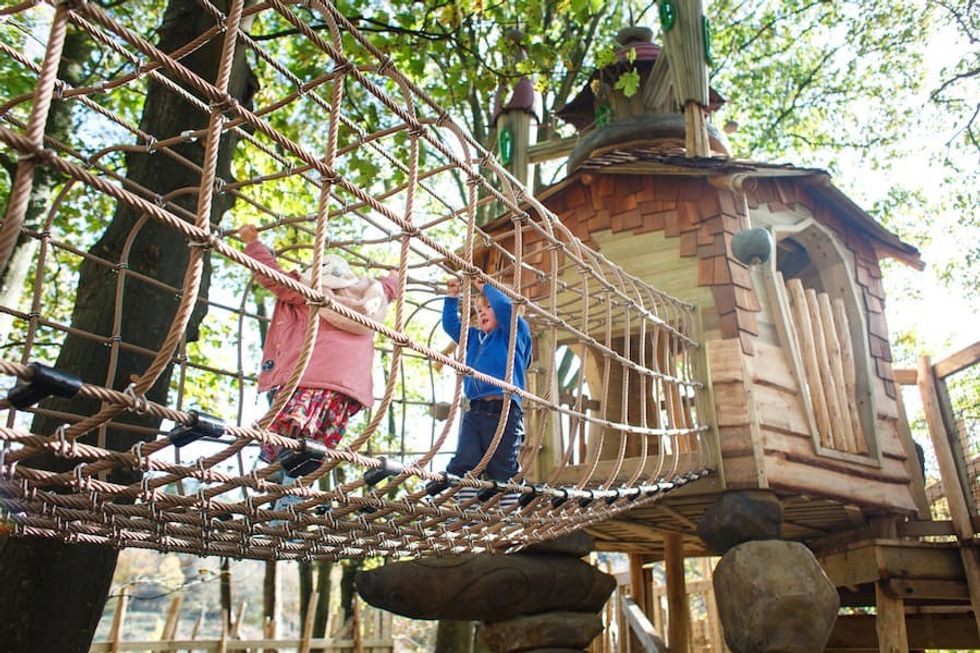 Tumblestone Hollow adventure playground by CAP.CO
Tumblestone Hollow adventure playground by CAP.CO 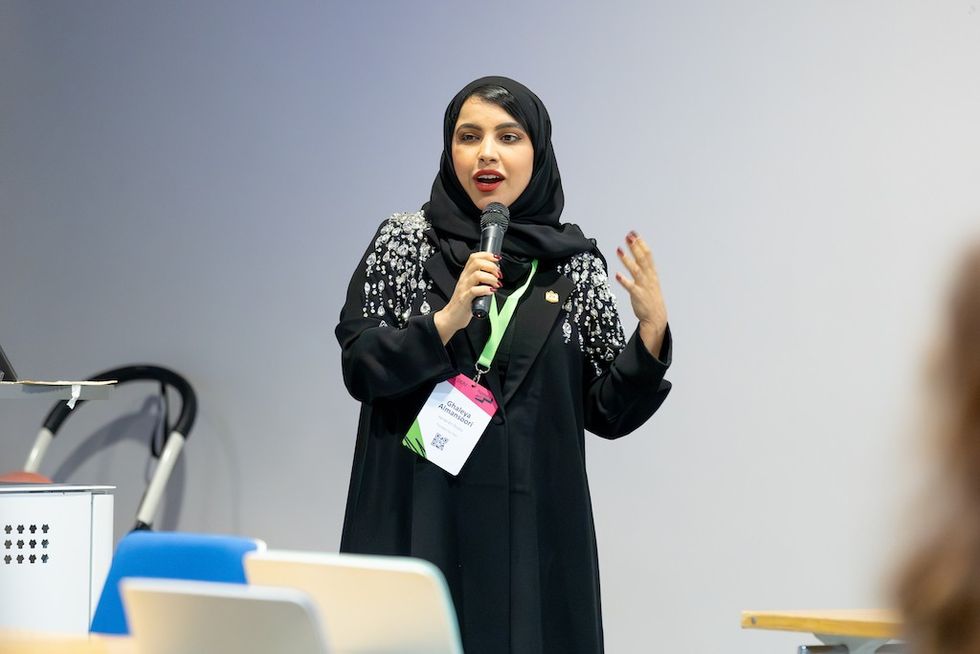 Ghaleya Al Mansoori
Ghaleya Al Mansoori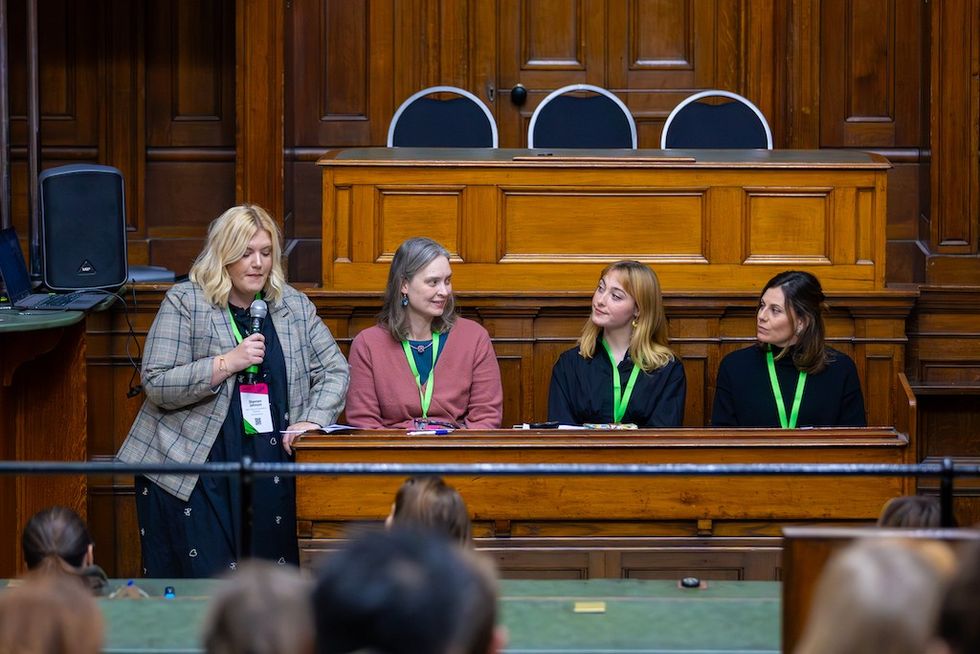
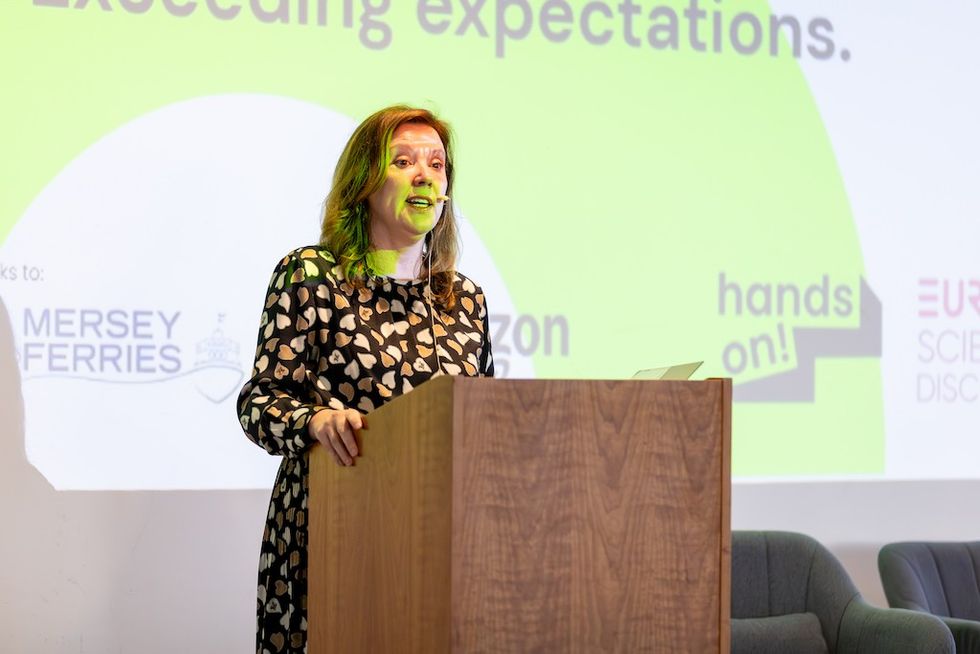 Dame Rachel de Souza
Dame Rachel de Souza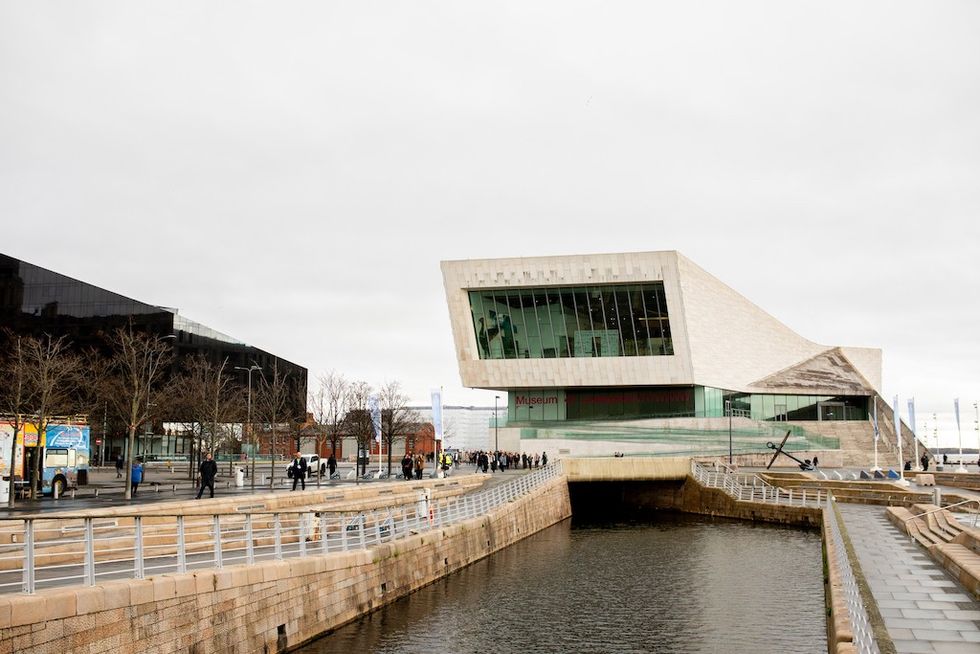 Liverpool Museum
Liverpool Museum
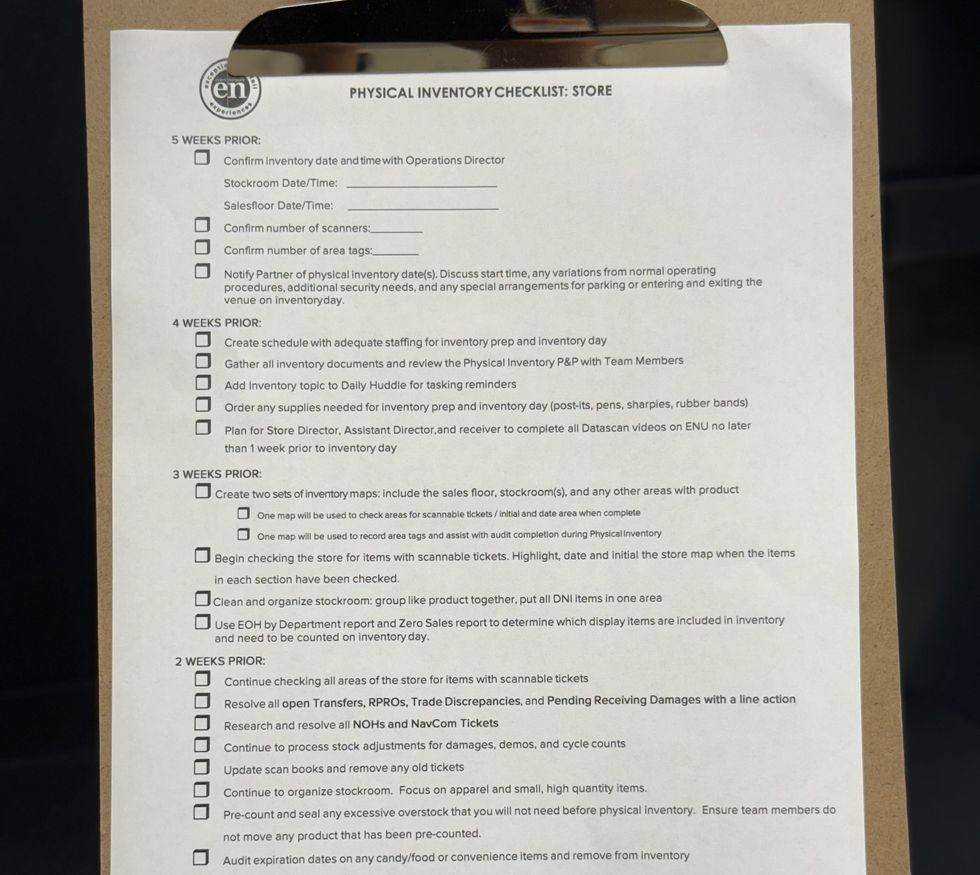
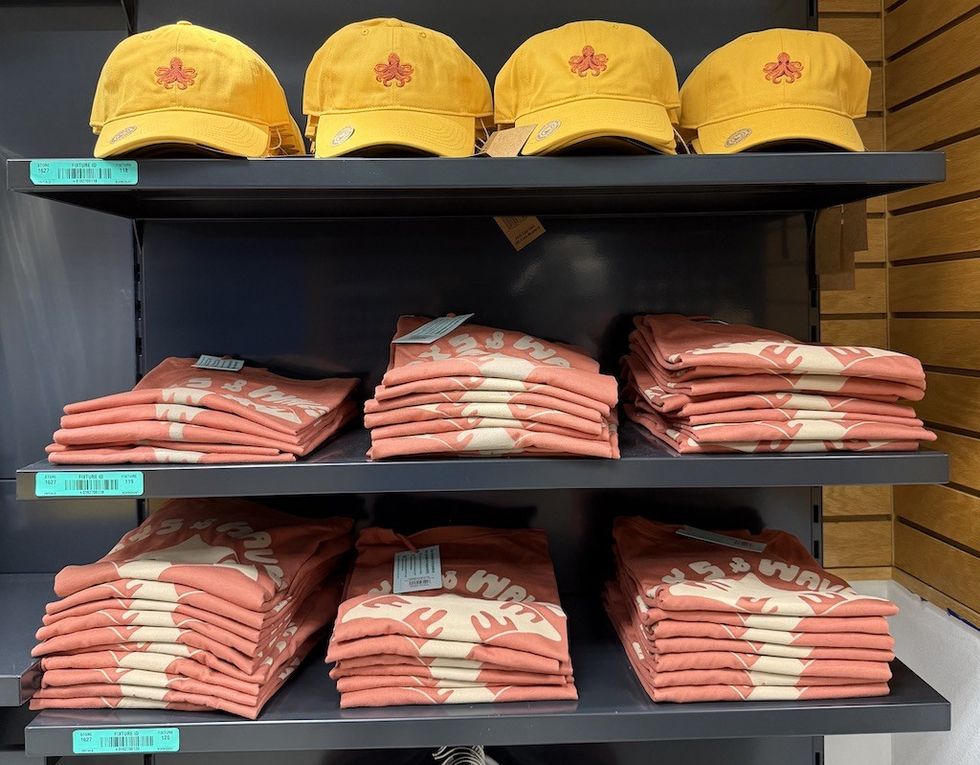
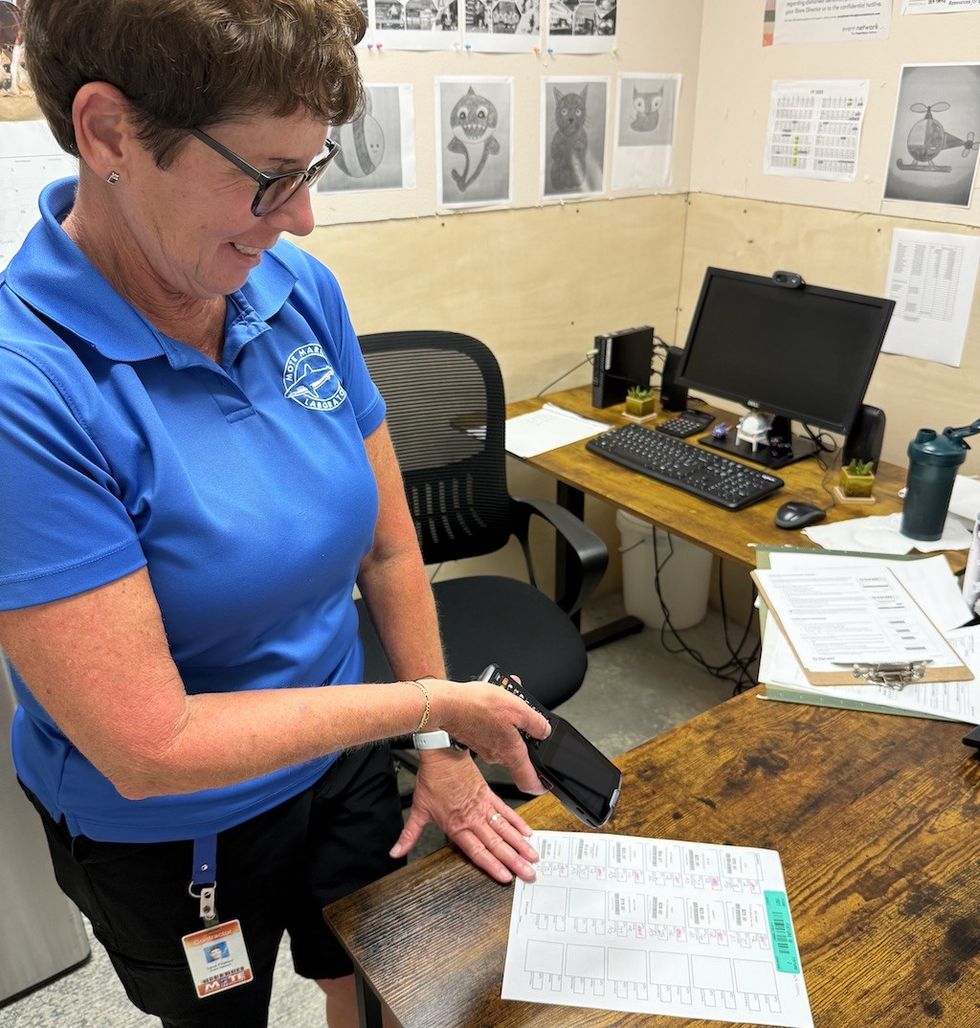


 Guests display a commemorative UN stamp sheet marking the 100th anniversary of the Palace Museum at the UN headquarters in New York, May 2025 (Xinhua)
Guests display a commemorative UN stamp sheet marking the 100th anniversary of the Palace Museum at the UN headquarters in New York, May 2025 (Xinhua)
